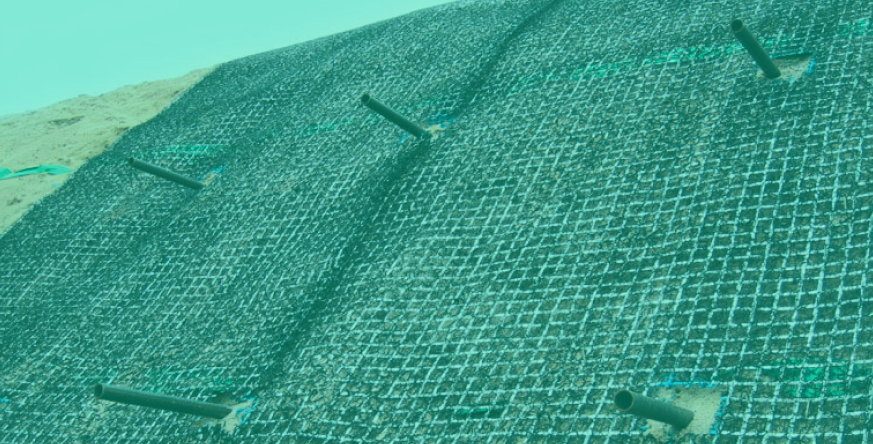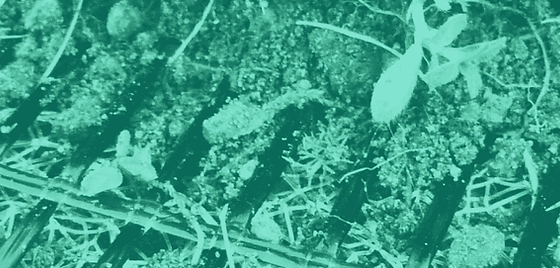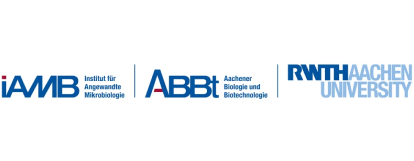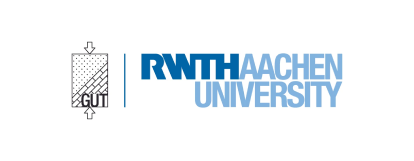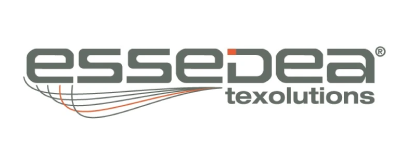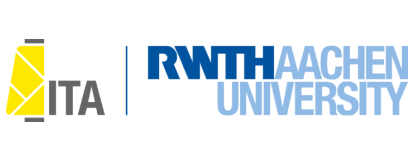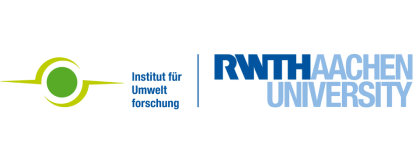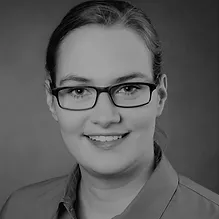APPROACH
“DegraTex” will focus on two main applications. On one hand on the reinforcement and erosion protection of earthen structures and on the other hand on the vegetation protection. As the two applications have very different requirements, the first step is to draw up specifications. In addition to the application, these also take into account aspects of the textile, yarn and polymer as well as aspects of the biological assessment of the environmental impact. Subsiquently, we will design the biobased and biodegradable geotextiles, by using differecnt textile technologies and, additionally, develop the associated textile production processes. At the same time, a methodology will be established to investigate the time-dependent interaction mechanisms of the geotextile in contact with soil, air and organisms due to the degradability. Once the textile structures are available, the installation methods we will test in laboratory and field environments. Afterwards we will develop an evaluation framework for degradable geotextiles will be developed throughout the project. To provide a basis for decision-making based on technological, ecological and economic evaluation of the processes and resulting products with regard to their life cycle.
